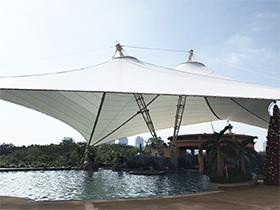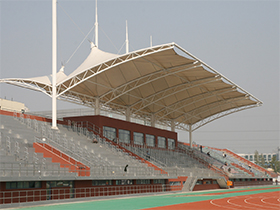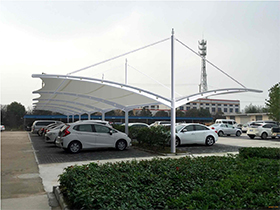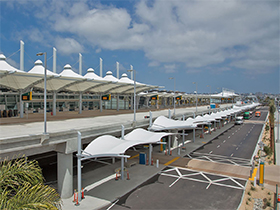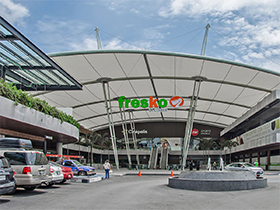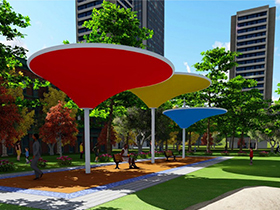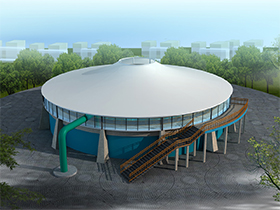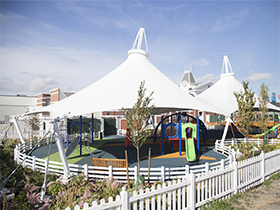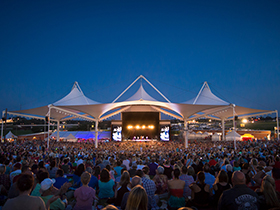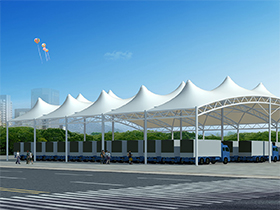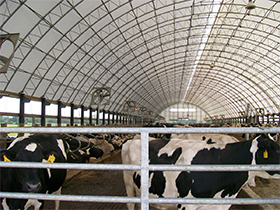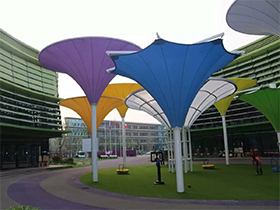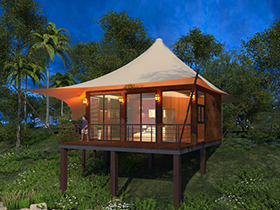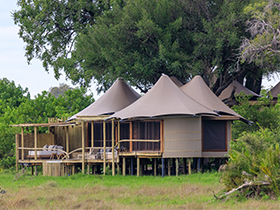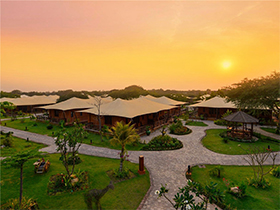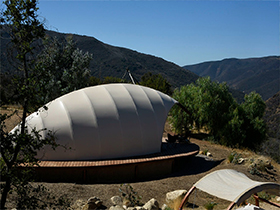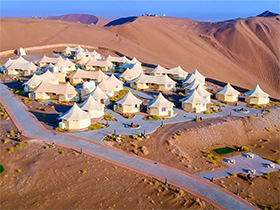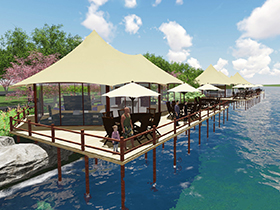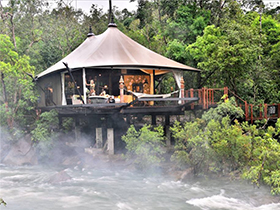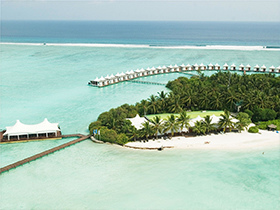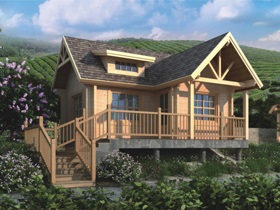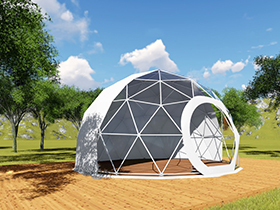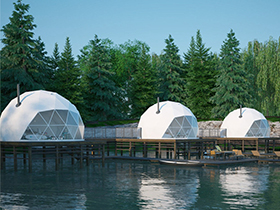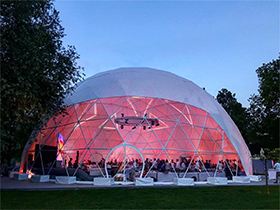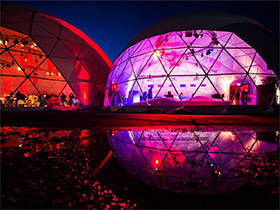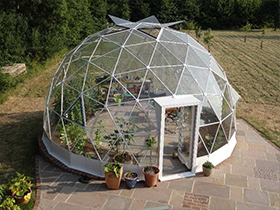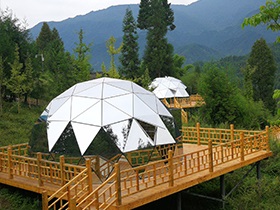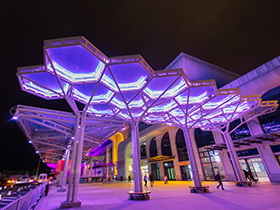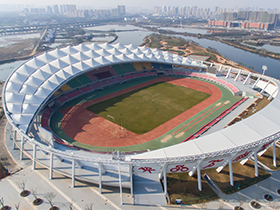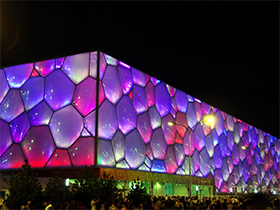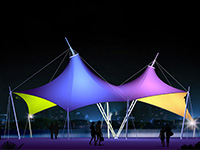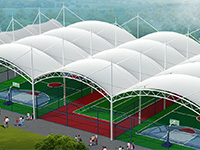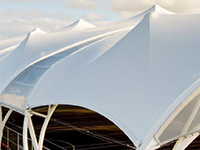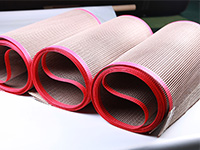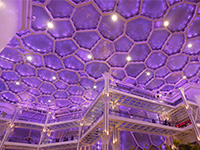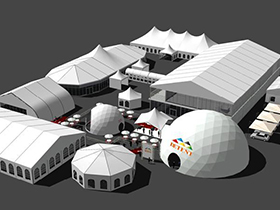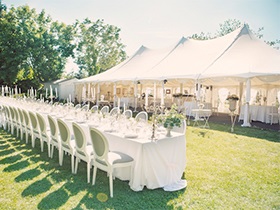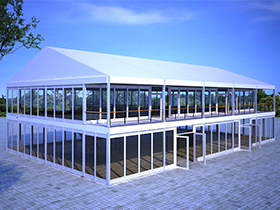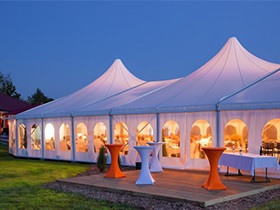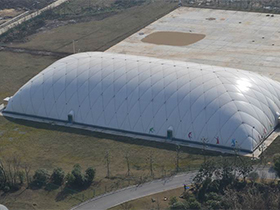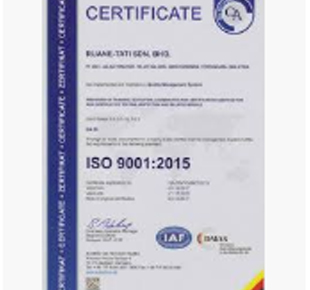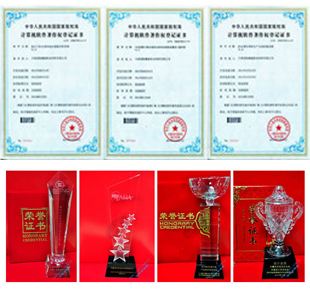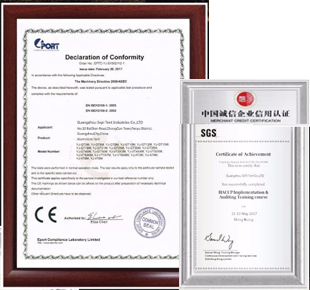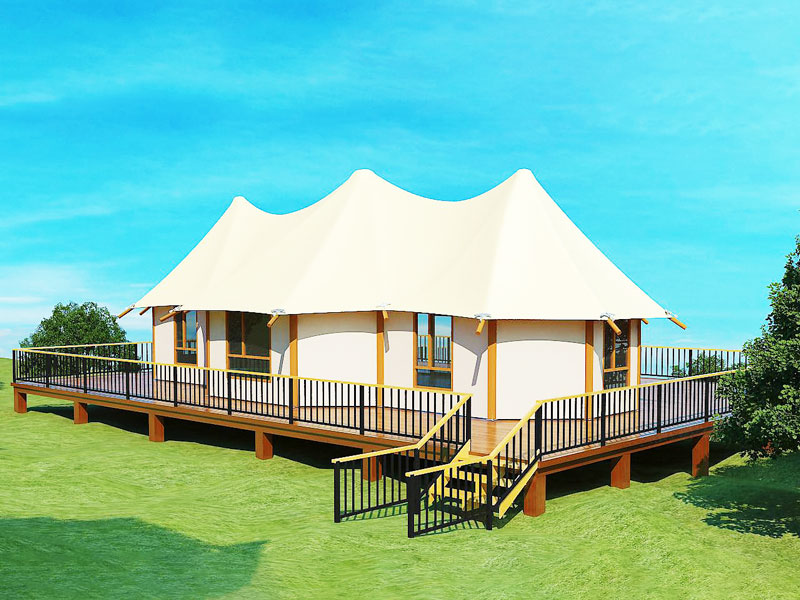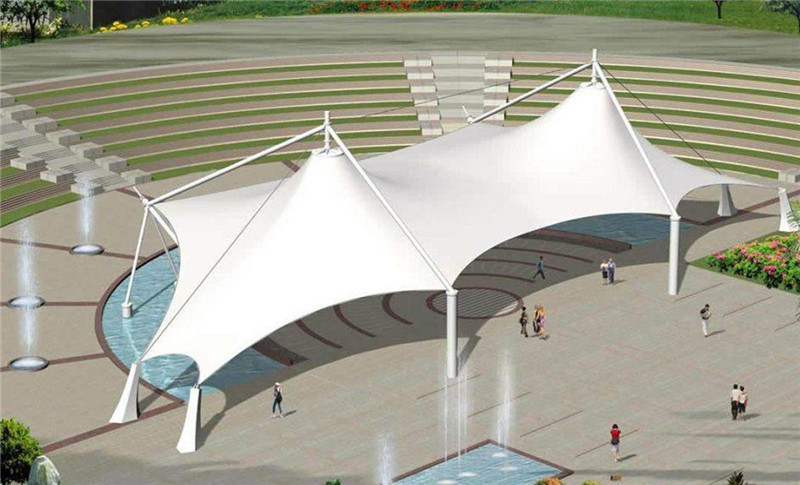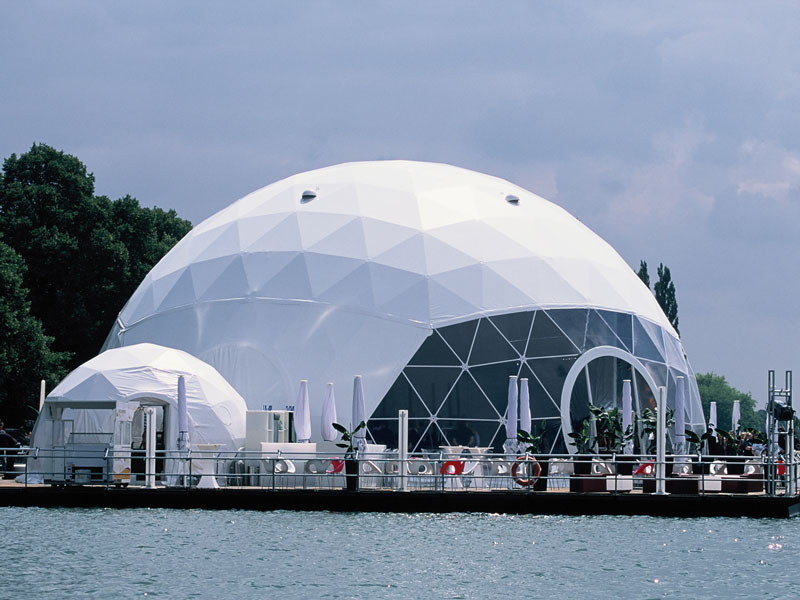Professionelle Zugmembranstruktur Design & Hersteller
Mit unserer 10-jährigen Erfahrung in der Branche für zugfeste Membrankonstruktionen haben wir Tausende von qualitativ hochwertigen Spannmembrankonstruktionsprojekten in 37 Ländern auf der ganzen Welt erfolgreich geplant, konstruiert, hergestellt und installiert. Die als Überdachung / Überdachung / Schatten / Segel / Festzelt verwendeten Flächentragwerke für Sportanlagen, Transportanlagen, Kulturanlagen, Landschaftsanlagen, Gewerbeanlagen, Kläranlagen, Biogasspeichertanks, Luftmembranstrukturen, Membranstrukturhotels, Geodätische Kuppeln usw Unsere Struktur entspricht den lokalen und internationalen Wind- und Schneelastnormen. Wir werden niemals Risiken eingehen, wenn wir unseren Kunden eine gespannte Membranstruktur bieten, die den Wind- und Schneelastanforderungen der jeweiligen Region oder des jeweiligen Landes entspricht.
-
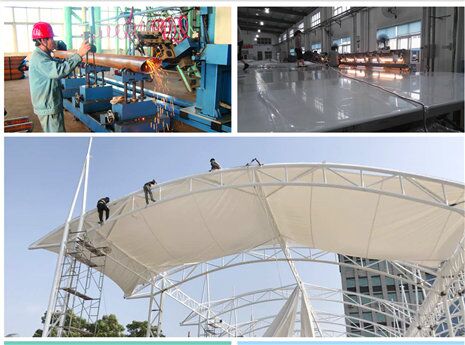
Professionelle hersteller
Wir sind spezialisiert auf die Bereitstellung einer umfassenden Palette von Dienstleistungen, von der Konzeption bis hin zur Implementierung von Stoffstrukturprojekten.
-

Qualitätsdienstleistung; Qualitätsservice
Wir bieten schnellen, hochwertigen und enthusiastischen Service und Kundenzufriedenheit ist unsere oberste Priorität.
-
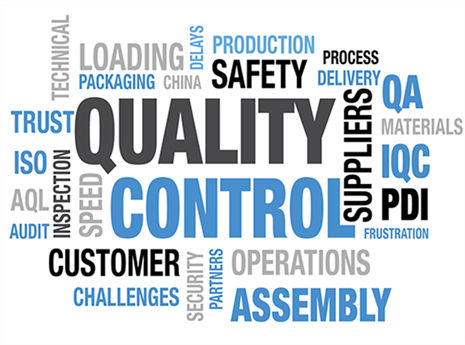
Unternehmensvision
Qualität ist die Lebensader unseres Unternehmens. Wir haben in unseren Projekten in den letzten 10 Jahren eine 0-Fehler-Zugstruktur.
Stahlverarbeitungsfabrik
Die Fabrik zur Verarbeitung von Stahlkonstruktionen erstreckt sich über eine Fläche von 3.000 m2. Es verfügt über eine CNC-Schnittdrahtschneidemaschine, Rohrbiegemaschinen und eine Endbearbeitungswerkstatt zum Drehen, Fräsen, Hobeln und Bohren. Die jährliche Verarbeitungskapazität für Stahlkonstruktionen beträgt 10.000 Tonnen. Es hat die Qualifikation des dreistufigen Aufbaus der Stahlkonstruktion ausgestellt von der zuständigen Abteilung des Aufbaus des Staates.
Stofffabrik
Die Fabrik zur Verarbeitung von Gewebemembranen umfasst eine Fläche von 5.000 m2 mit einer jährlichen Produktionskapazität von 200.000 m2 PTEF. eine jährliche Produktionskapazität von 100.000 m2 ETFE; und eine jährliche Produktionskapazität von 300.000 m2 PVC / PVDF. Wir haben die Qualifikation für das Design und die Konstruktion von Membranstrukturen von Branchenverbänden herausgegeben.
Nachrichtenzentrum
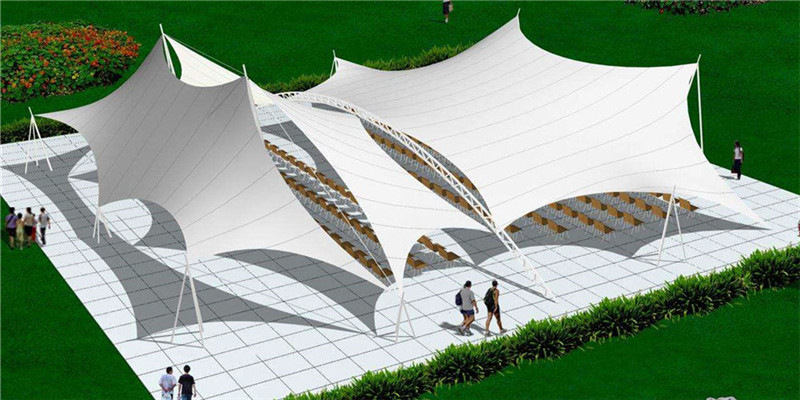
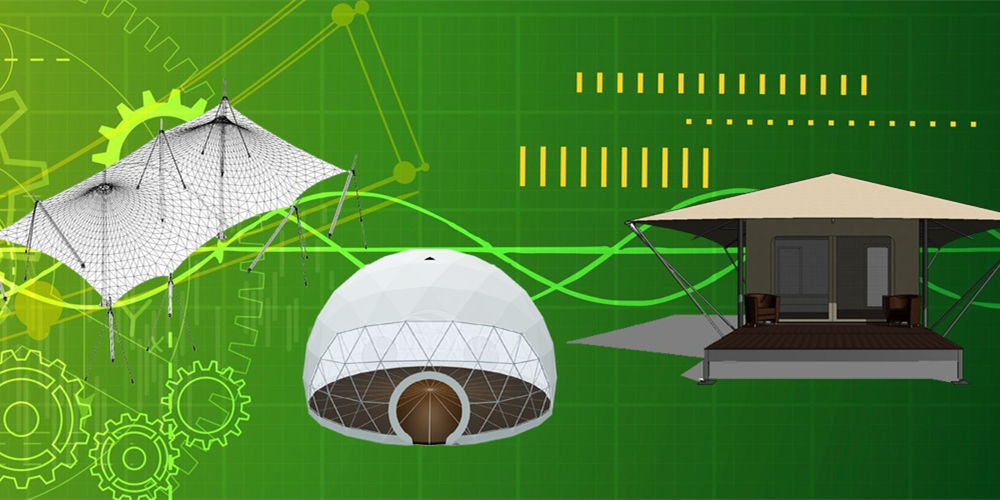



Über Die Flächentragwerksindustrie Company Culture Our Company Culture (Vision & Philosophy) Our Company Culture (Vision & Philosophy) Über BDiR Inc.
So Passen Sie Ihr Eigenes Glamping-Zelt an
Glamping-Zelte sind in einer Vielzahl von Stilen erhältlich, perfekt für Ihren nächsten Familienurlaub. Wählen Sie aus schönen, individuell gestalteten Zelten oder Demos. Viele Luxuszelte verfügen über ein eigenes Spa, volle 5-Fuß-Seitenwände und Stahl-D-Ringe an der Traufe. Mit 6+ Fuß Seitenwänden haben Sie mehr Kopffreiheit und nutzbaren Zeltplatz.
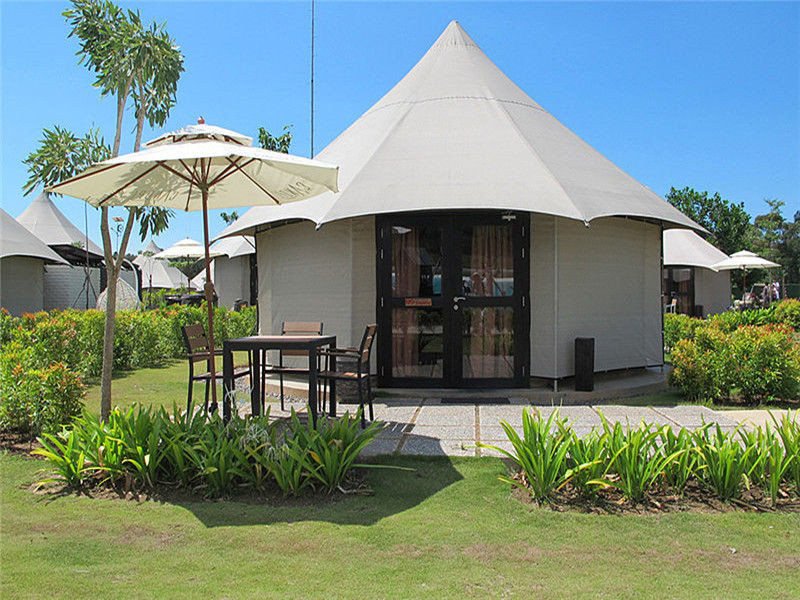
Glamping, auch bekannt als Glamping, ist eine großartige Möglichkeit, unserem geschäftigen Leben zu entfliehen. Glamping ist der perfekte Ort, um der Technik zu entfliehen und Natur, frische Luft und absolute Entspannung zu genießen. Egal, ob Sie Glamping mit bequemen Betten, einem Zelt im einzigartigen Stil oder etwas völlig Abseits der ausgetretenen Pfade bevorzugen, Glamping bietet das perfekte Erlebnis. Luxus-Campingzelte aus Segeltuch können online oder bei einem örtlichen Händler in Ihrer Nähe gekauft werden. Wählen Sie aus einer Vielzahl von Stilen und Größen, um das perfekte Glamping-Zelt für Ihre Familie zu finden. Je nach Größe und Stil haben Sie die Wahl zwischen Standardzelten mit Einzel- oder Doppelbetten oder großen Luxuszelten mit drei Schlafzimmern. In Zeltanlagen können auch mehrere Personen zusammen übernachten.
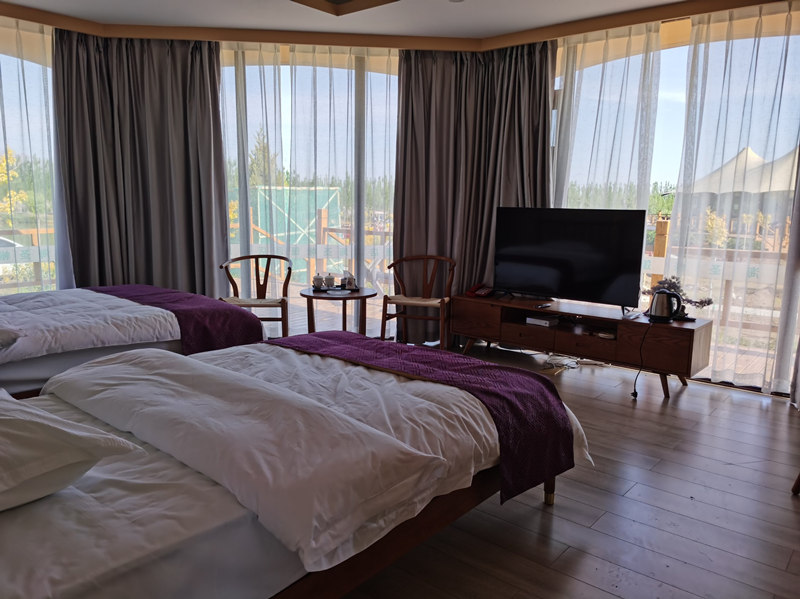
Luxuszelte können an die Bedürfnisse Ihrer Familie angepasst werden. Einige bieten Platz für bis zu 20 Personen und sind somit ideal für größere Gruppen. Kundenspezifische Modelle verfügen über Decken in Stehhöhe und viel Bodenfläche. Einige haben sogar integrierte Netzfenster. Das bedeutet, dass sich keine zwei Personen drängen müssen. Bei so vielen Optionen ist es nicht schwierig, das perfekte Glampingzelt zu finden. Wenn Sie der Meinung sind, dass die Kosten zu hoch sind, können Sie auch Zeit und Zelte verkaufen. Es ist auch eine Möglichkeit, Geld zurückzubekommen. Die Mietpreise für Zelte variieren je nach Grad des Luxuszeltes, das Sie anpassen
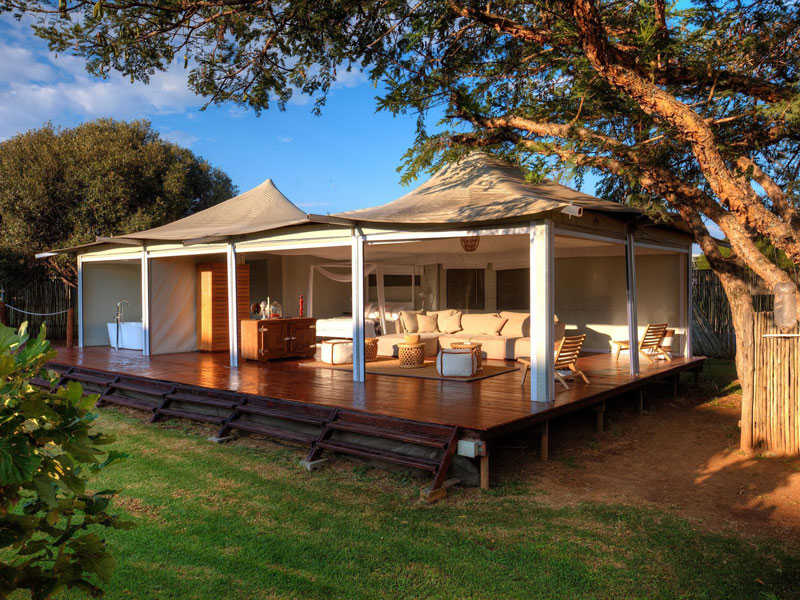
Campingzelte sind eine elegante Art, einen unvergesslichen Urlaub zu verbringen. Diese Unterkünfte verfügen über moderne Annehmlichkeiten und können mit WLAN, Klimaanlage, individuell gestalteten Decks und Toiletten mit Wasserspülung ausgestattet werden. Wenn Sie etwas Stilvolles und Praktisches für die ganze Familie suchen, sollten Sie ein kuppelförmiges Glamping-Zelt kaufen. Ein Luxuszelt bietet Ihnen das beste Preis-Leistungs-Verhältnis. Wenn Sie Ideen für ein Campingzelt haben, wählen Sie BDIR.
Verwendung und Vorteile der Zugstruktur
Eine Zugstruktur ist eine leichte Stoffstruktur, die Lasten trägt, indem sie Spannung nutzt. Stretchstrukturen Stoffstrukturen beschreiben verschiedene Stretchfolienstrukturen und den aktuellen Wissensstand. Zuggewebestrukturen werden häufig in Transporteinrichtungen, Gebäuden und anderen Anwendungen verwendet, die ein hohes Maß an Nachhaltigkeit und Ästhetik erfordern. Sie können auch als leichte Alternative zu Stahlrahmen verwendet werden, z. B. für Wolkenkratzer, Spielplatz-Beschattungsstrukturen, Gartenbeschattungsstrukturen usw.
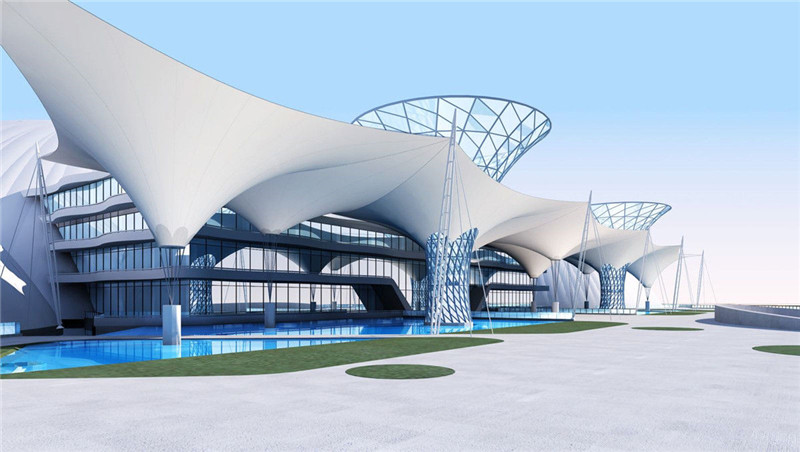
Das Design von Zugstrukturen kann je nach den Anforderungen eines bestimmten Projekts variieren. Sie werden oft verwendet, um Gebäude zu beschatten oder zu beschatten. Die Schönheit von Seiltragwerken macht sie zu einer attraktiven Option für viele Arten von Einrichtungen. Sie bieten außerdem eine einzigartige Kombination aus zuverlässiger Funktionalität und Ästhetik. Diese Vorteile machen sie zu sehr beliebten Konstruktionssystemen. Einige Beispiele für Zugstrukturen sind unten aufgeführt. Zugstrukturen können mit großen oder kleinen Flächen entworfen werden. Es kann große Räume wie Veranstaltungsorte, Stadien, Veranstaltungsorte oder militärische Strukturen abdecken. Kleinere Beispiele sind Restaurants im Freien, Dachbars, Sonnensegel und mehr. Die dehnbare Konstruktion ist eine ausgezeichnete Wahl für Außenanwendungen, da sie ein Outdoor-Gefühl vermittelt und witterungsbeständig ist. Aufgrund ihrer einzigartigen Membranspannungseigenschaften hat die dehnbare Gewebestruktur eine einzigartig elegante Form. Seine Lichtdurchlässigkeit sorgt auch für weiches, diffuses natürliches Licht. Künstliches Licht kann auch zur Erzeugung von Außenbeleuchtung verwendet werden. Zugtragwerke können zur Erstellung vorgefertigter modularer Gebäude oder als leichte Elemente bestehender Bauwerke verwendet werden. Sie sind eine der kostengünstigsten Optionen auf dem Markt. Bei richtiger Gestaltung und Konstruktion können dehnbare Gewebestrukturen sehr langlebig sein.
.jpg)
Der deutsche Architekt Frei Otto war eine wegweisende Figur in der Entwicklung der Zugarchitektur. Die Pionierarbeit von Frei Otto zeigt, dass die Beziehung zwischen architektonischer und struktureller Form eng und gegenseitig vorteilhaft ist. Frei Ottos monumentaler Spannbau, das Hangende Dach in München, wurde 2015 mit dem Pritzker-Architekturpreis ausgezeichnet. Es definiert Strukturen und vorgefertigte Systeme neu und zeigt, dass sie mit nachhaltigem Design kompatibel sind.Stretchgewebe sind typischerweise Kombinationen von Fasern, die in verschiedenen Anwendungen verwendet werden. Zugstrukturdetails haben viele Vorteile, einschließlich der Fähigkeit, den Oberflächenbereich zwischen den Punkten zu minimieren. Außerdem ist es sehr effizient und maximiert die Verwendung teurer, hochfester Fasern. Und weil es leicht ist, ist es auch langlebig. Wenn Sie nach zugfesten Strukturen für Ihr Projekt suchen, kontaktieren Sie uns noch heute!
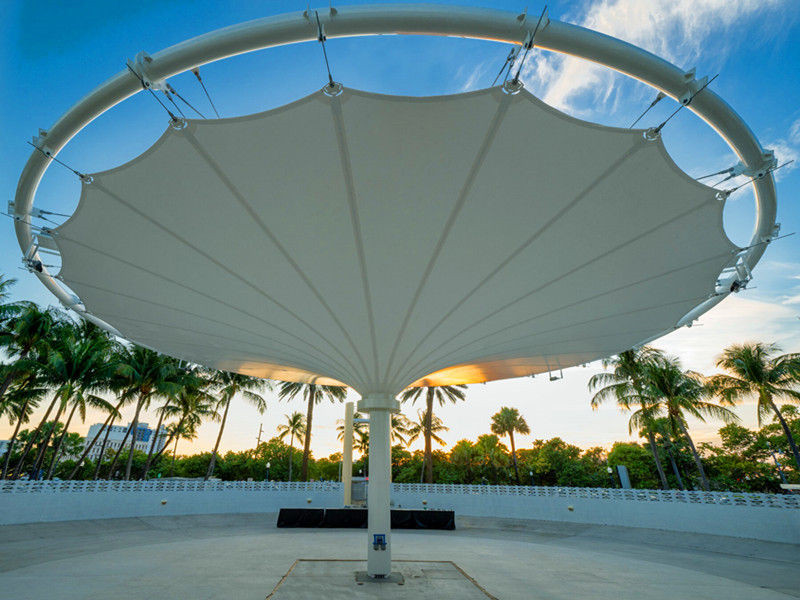
Spannkonstruktionen sind kostengünstiger und verbrauchen weniger Material als Spanngewebekonstruktionen. Zugtragwerke können ganze Gebäude schaffen und sind damit die erste Wahl für komplexe Entwurfsarbeiten. Zuggewebestrukturen bestehen typischerweise aus dünnen Geweben, die in entgegengesetzte Richtungen gezogen werden, um eine doppelte Krümmung zu erzeugen. Die doppelte Krümmung verdoppelt die Steifigkeit des Gewebes. Zugtragwerke können große Entfernungen ohne Zwischenstützen überbrücken.
Zelte mit Geodätischer Kuppel, Geeignet zum Wohnen und für alle Arten von Aktivitäten
Geodätische Kuppeln sind zu beliebten Veranstaltungsorten geworden. Sie eignen sich perfekt für eine Vielzahl von Anwendungen, darunter Ausstellungen, Hochzeitsbankettsäle, Produkteinführungen in der Presse, provisorische Klassenzimmer, Eisbahnen und sogar Schwimmbeckenzelte. Mit den richtigen Materialien und einer leicht verständlichen Anleitung können Sie sogar selbst einen bauen. Wenn Sie sich nicht sicher sind, wo Sie anfangen sollen, kann bdir Ihnen Ingenieure und Projektmanager schicken, die Ihnen beim Bau Ihrer eigenen geodätischen Kuppel helfen.
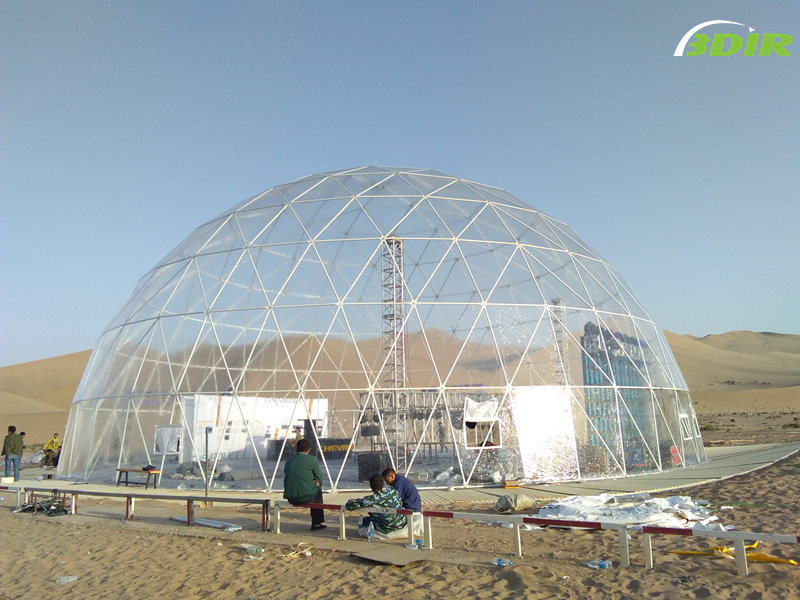
Canvas-Kuppelzelte können mit jeder Art von Zeltstruktur verwendet werden. Da es keine Stützen oder tragenden Elemente hat, kann es fast überall ohne Baugenehmigung aufgestellt werden. Es kann sogar auf Beton installiert werden. Hohe Kuppelzelte sind aufgrund ihrer Stärke und ihres geringen Gewichts ideal für eine Vielzahl von Aktivitäten. Die Wahl der richtigen Zeltstruktur für Ihre Bedürfnisse ist entscheidend für eine erfolgreiche Veranstaltung.
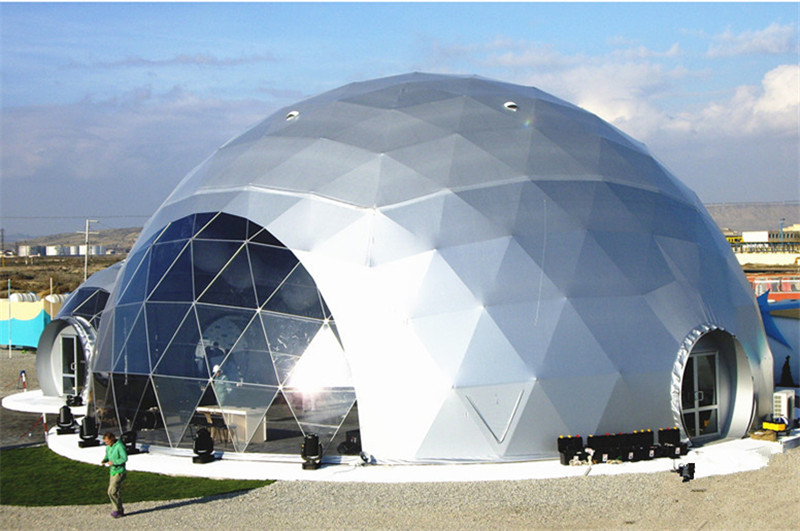
Fullers Geodesic Dome steht nach seiner italienischen Premiere im Rampenlicht. Die Kuppeln waren bei der Triennale 1954 sehr beliebt, und das US-Militär war daran interessiert, sie für zukünftige Projekte zu verwenden, zumal sie solide Unterkünfte für Soldaten im Ausland bereitstellen mussten. Nach dem Gewinn des Gran Premio bei der Triennale 1954 erlangte Fullers Entwurf eine breitere öffentliche Anziehungskraft. Ein weiterer wichtiger Vorteil einer geodätischen Kuppel ist ihre Einfachheit. Das Design ermöglicht innovative Innen- und Aufbewahrungsmöglichkeiten. Geodätische Kuppeln gelten zwar als Luxus, aber der Bau kostet kein Vermögen. Auch wenn Sie nicht das Budget für eine dauerhafte Struktur haben, können Sie sie einfach transportieren und überall schnell aufbauen. Pop-up-Events sind ein großartiger Ort, um eine geodätische Kuppel zu platzieren. Andere Anwendungen umfassen Ballsäle, Planetarien, Schulen, Wintergärten, Spielplätze und sogar Amphitheater im Freien.
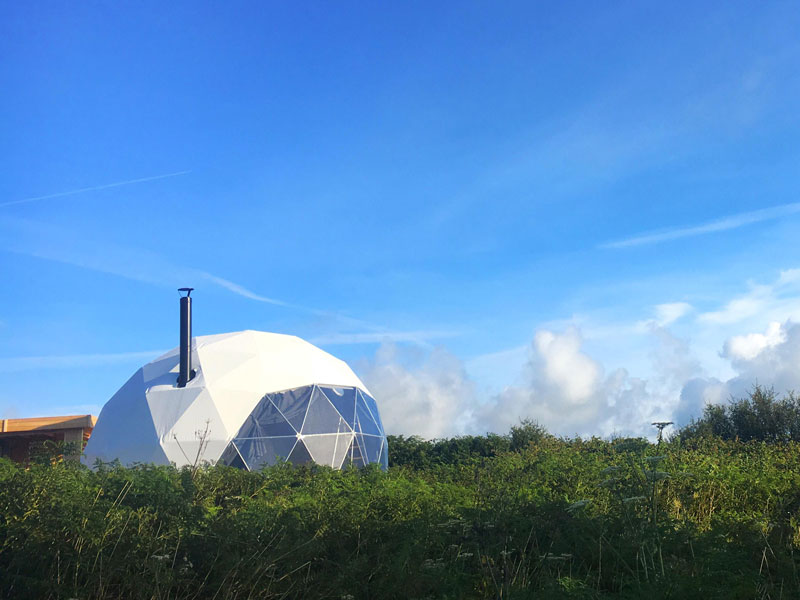
Eine geodätische Kuppel ist eine halbkugelförmige, dünnschalige Struktur, die auf einem geodätischen Polyeder basiert. Diese sind robust und leicht und können im Vergleich zu ihrer Größe viel Gewicht tragen. Der Missouri Botanical Garden nutzte eines davon, um in den 1960er Jahren ein Gewächshaus zu bauen.Wenn Sie nach einem einzigartigen Rückzugsort auf dem Land suchen, sollten Sie erwägen, eine geodätische Kuppel zu mieten. Diese Zelte sind nicht nur langlebig und umweltfreundlich, sondern auch sehr erschwinglich. Außerdem können sie Ihrem Glamping-Erlebnis eine neue Dimension verleihen. Dieser einzigartige Stil macht es zu einer beliebten Wahl für jeden Anlass, vom Familienurlaub bis hin zu romantischen Kurzurlauben mit Ihrem Partner.

